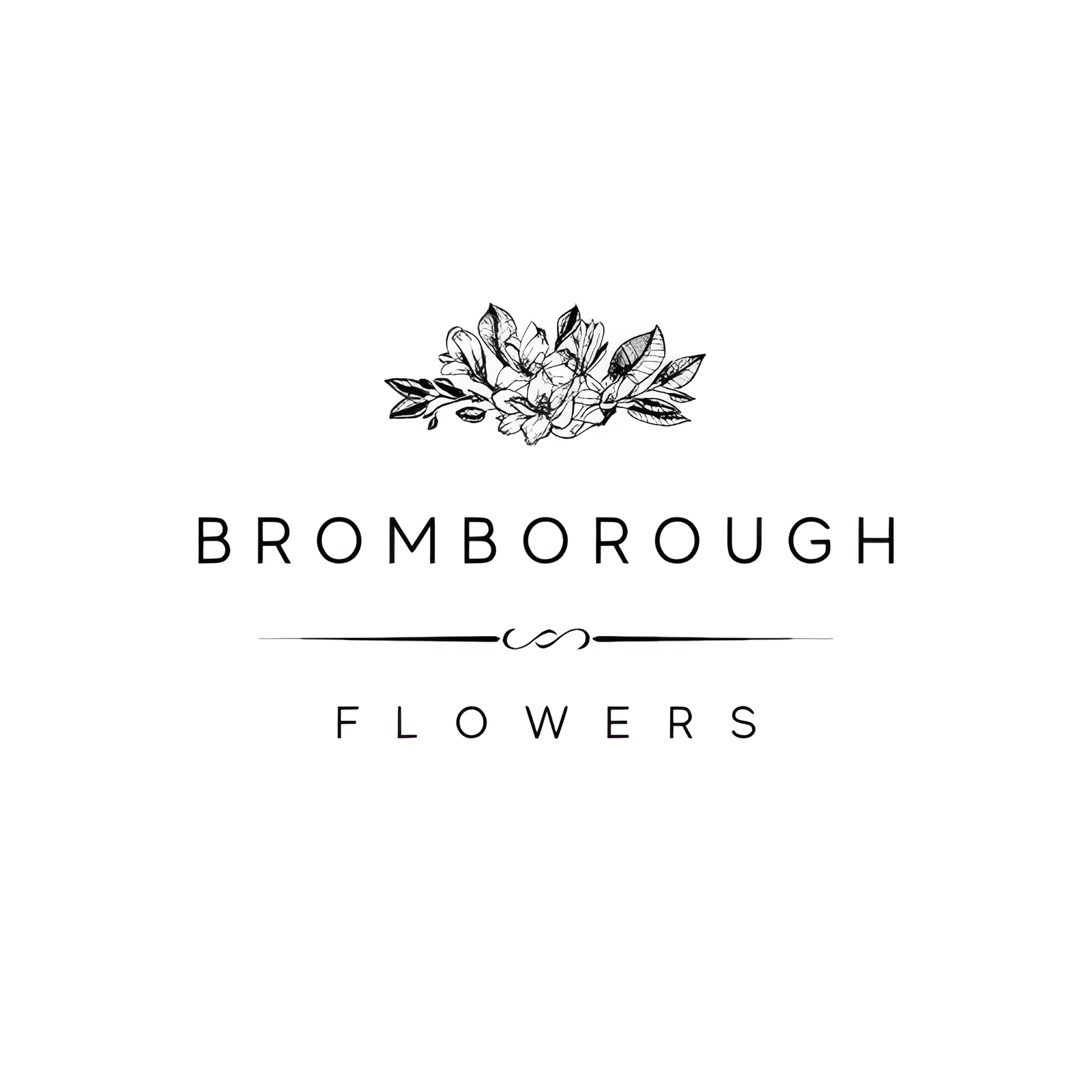When planning a wedding, the choice of flowers can greatly influence the overall aesthetic and atmosphere of the event. Buttercups, known for their elegant cup-shaped blossoms and a spectrum of vivid colors such as pink, peach, red, and yellow, offer a delightful option for those seeking to infuse their celebration with vibrancy and charm. Beyond their visual appeal, buttercups carry symbolic meanings of happiness and good fortune, making them a profound addition to bridal bouquets, boutonnieres, and centerpieces. What makes these flowers particularly compelling for a wedding setting, however, goes beyond their beauty and symbolism.
Flower Overview
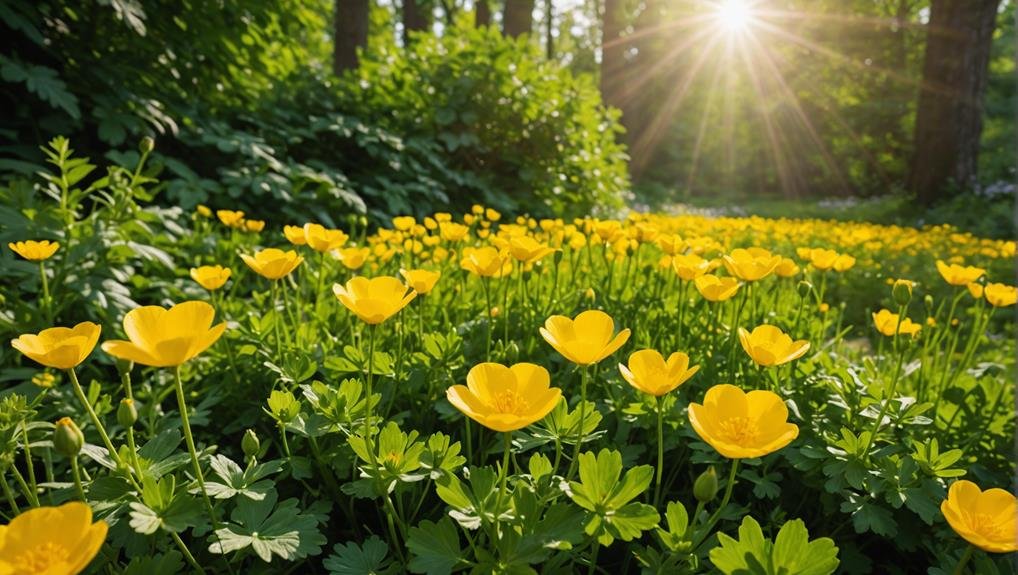
Buttercup flowers, from the Ranunculus family, are renowned for their vivid hues and delicate petals, with over 400 species thriving in various habitats. The name of the Ranunculus family, meaning 'little frog,' accurately reflects the marshy environments where many of these species flourish.
These flowers have a rich history, with references to them being gathered in meadows dating back to the Middle Ages.
For weddings, the stunning Ranunculus is a popular choice due to its enchanting appearance and wide array of colors. These flowers add a touch of sophistication and liveliness to bridal bouquets, centerpieces, and other floral arrangements.
From the common buttercup in Europe, Ranunculus acris, to the subalpine buttercup, R. eschscholtzii, each species offers distinct characteristics that can complement various wedding themes and settings.
Furthermore, varieties such as the Acronite buttercup (R. aconitifolius) and Mountain buttercup (R. montanus) are particularly recommended for their aesthetic appeal and adaptability to sunlight conditions.
When choosing buttercups for wedding decorations, taking into account the specific traits and sunlight preferences of each species ensures optimal growth and presentation. This attention to detail can notably enhance the overall atmosphere of the wedding celebration.
Physical Description
The enchanting appearance of Ranunculus flowers is characterized by their small, cup-shaped blossoms and vibrant yellow petals. These charming blooms are members of the Ranunculus family, which encompasses over 400 species of flowering plants. Their glossy leaves and delicate stems contribute to their whimsical allure, making them a favored choice in wedding floral arrangements. With their origins in Europe, buttercups are typically found in meadows and grassy fields, evoking a sense of natural beauty and simplicity.
The physical attributes of buttercups make them particularly appealing for use in bridal bouquets. The bright yellow petals exude a cheerful and sunny disposition, which is perfect for joyful occasions such as weddings. The flowers' small, cup-shaped blossoms are ideal for adding texture and variety to an arrangement, while their delicate stems allow for graceful, flowing designs. The glossy leaves further enhance the overall aesthetic, providing a lush, green backdrop that complements the vibrant yellow petals.
Incorporating buttercups into a bridal bouquet or wedding floral arrangement can bring a touch of natural elegance and timeless beauty. Their distinctive appearance and cheerful demeanor make them a versatile and popular choice for couples looking to infuse their special day with a sense of joy and charm.
Available Colour Varieties
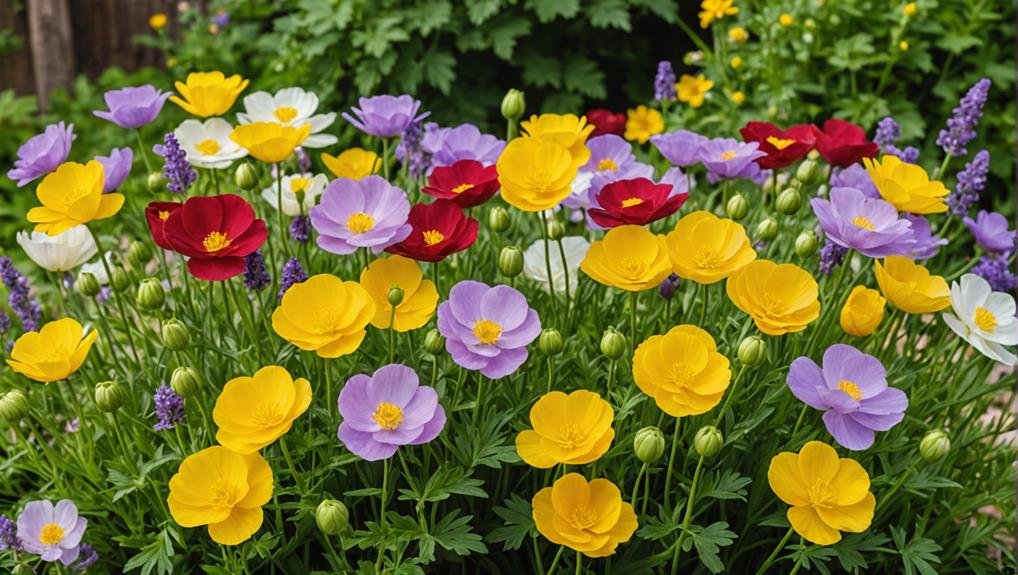
Ranunculus flowers are available in a stunning array of colors, including shades of pink, red, peach, orange, white, and yellow. This diverse palette makes them an ideal choice for matching a wide range of wedding colors. The vibrant hues of buttercups can complement any wedding theme, from a classic white wedding to a more colorful celebration.
Pink and peach varieties add a touch of romance and softness, perfect for a spring or summer wedding. Red buttercups, symbolizing passion and love, make a bold statement, while orange hues bring warmth and vibrancy. White buttercups are timeless and elegant, suitable for any wedding style. Yellow varieties evoke happiness and joy, ideal for an uplifting and cheerful atmosphere.
Buttercups' versatility allows them to be used alone or combined with other flowers in your wedding bouquets and arrangements. Their charm and wit, symbolized by their colors, enhance the overall beauty of wedding decor. Being related to peonies and anemones, buttercups add a sophisticated touch to floral designs.
Available all year round, these flowers guarantee that no matter the season, you can feature them throughout your wedding day, aligning perfectly with your chosen wedding colors.
Latin Name and Taxonomy
Known by its Latin name, Ranunculus, the buttercup belongs to a diverse family comprising over 400 species. This extensive genus, part of the Ranunculaceae family, is remarkable for its wide range of forms and habitats. The name Ranunculus is derived from the Latin words 'rana' meaning frog, and 'unculus' meaning little, likely referencing the plant's preference for moist environments, akin to the habitats of frogs.
Buttercups have been admired and utilized for centuries, with historical references dating back to the Middle Ages when they were commonly gathered in meadows. Among the numerous species, Ranunculus acris stands out as the most prevalent in Europe, easily recognizable by its vivid yellow flowers. Another notable species is the subalpine buttercup, Ranunculus eschscholtzii, found in high mountain regions. This variant is particularly interesting due to its unique adaptations to alpine conditions.
Ranunculus species exhibit a broad spectrum of morphological characteristics, making them a versatile choice for various ornamental purposes, including wedding arrangements. The diversity within this genus ensures that there is a buttercup to suit nearly any aesthetic preference, from traditional to contemporary floral designs. Understanding the taxonomy of Ranunculus enriches one's appreciation of its ornamental and ecological value.
Geographical Origins
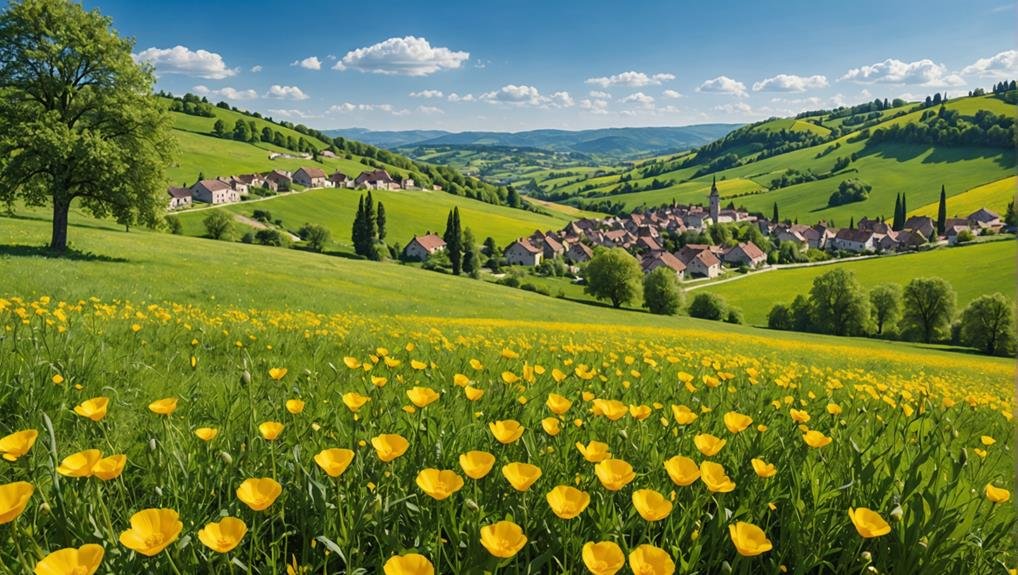
Delving into the geographical origins of buttercups reveals their primarily European roots. Buttercups, belonging to the Ranunculus family, are mainly native to Europe, where they have thrived for centuries. One of the most common species found in this region is Ranunculus acris. These vibrant flowers have been an integral part of European flora, often flourishing in meadows and wetlands.
During the Middle Ages, buttercups were traditionally gathered from these meadows, reflecting their longstanding presence in European culture and natural landscapes. The name 'Ranunculus' itself, which translates to 'little frog,' aptly describes their affinity for wetland habitats. This imagery conjures a vivid picture of these flowers dotting the moist, verdant areas across Europe.
To further illustrate their geographical distribution:
- Meadows and Grasslands: Ideal environments where Ranunculus acris commonly thrives.
- Wetlands: Natural habitats that support the growth of various buttercup species.
- Subalpine Regions: High mountain areas where Ranunculus eschscholtzii can be found.
- Historical European Landscapes: Areas where buttercups were gathered and appreciated during the Middle Ages.
Understanding the geographical origins of buttercups provides valuable insight into their enduring appeal and natural beauty, deeply rooted in European history and landscapes.
Season Availability
Buttercups, including the beloved Buttercup Ranunculus, are mainly available from late winter to early spring, making them ideal for weddings during this season. Typically blooming from February to May, these flowers are perfect for couples planning their nuptials in early spring or late spring. This period aligns with the natural flowering cycle of buttercups, ensuring their freshest and most vibrant appearance.
Buttercup Ranunculus is renowned for its versatility in wedding floral arrangements, available in a variety of shades such as pink, peach, and white. These colors add a sophisticated touch to any wedding decor, complementing a range of themes and palettes. The timing of their availability means that they bring a sense of renewal and beauty to ceremonies, echoing the sentiments of love and new beginnings.
The charm and elegance of buttercups make them a popular choice for spring weddings. Their fresh, gorgeous shapes and vibrant colors can enhance bouquets, centerpieces, and other floral decorations.
For brides and grooms looking to add a touch of natural beauty to their special day, the seasonal availability of buttercups from late winter to early spring provides an excellent opportunity to incorporate these stunning flowers into their wedding plans.
Growing Conditions
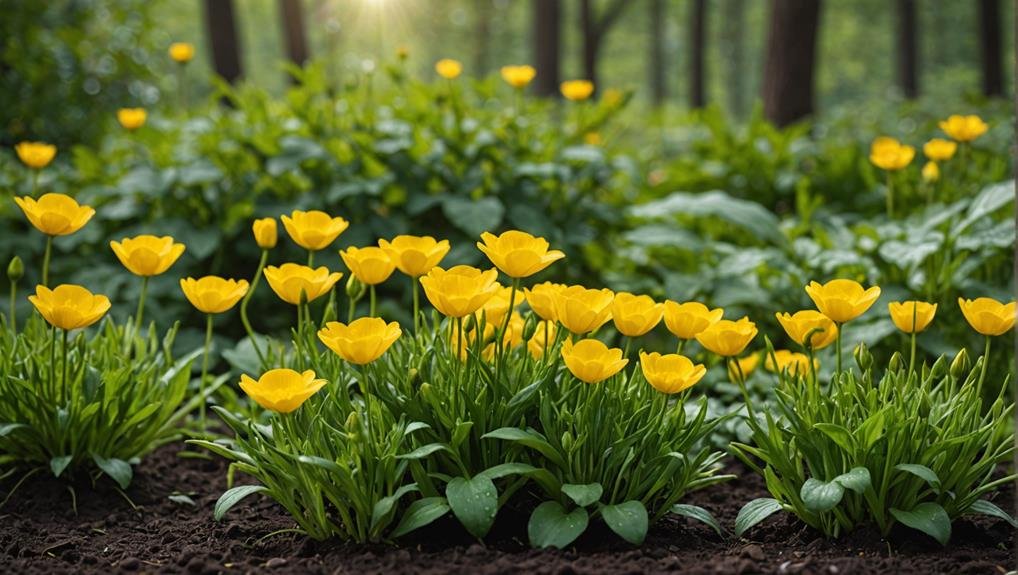
Ideal growing conditions for buttercups include full sun or light shade to guarantee robust development and vibrant blooms. These versatile wedding flowers thrive when provided with the right environment, making sure they bring their characteristic charm to any wedding arrangement.
Buttercups are typically grown from rhizomes, tubers, or fibrous roots, making them adaptable to various planting methods. The following details will help you visualize ideal growing conditions:
- Sunlight: Buttercups prefer full sun but can tolerate light shade. Adequate sunlight ensures healthy growth and maximizes flowering potential.
- Soil: Well-drained, fertile soil is essential. Rich organic matter in the soil boosts nutrient availability, fostering robust plant development.
- Watering: Consistent moisture is essential. While buttercups enjoy regular watering, make sure the soil is not waterlogged to prevent root rot.
- Temperature: A temperate climate suits buttercups best. Extreme temperatures, either too hot or too cold, can adversely affect their growth and flowering.
Varieties such as the Acronite buttercup (R. aconitifolius) and Mountain buttercup (R. montanus) vary in height and flower color, providing diverse options for wedding flowers.
Cultural Significance
How do buttercups, with their radiant yellow blossoms, carry such profound cultural significance across various societies? The answer lies in their embodiment of charm, happiness, and joy. These qualities make buttercups an auspicious choice for wedding ceremonies, where they symbolize the beginning of a blissful union.
Folklore often associates buttercups with myths and legends, portraying them as emblems of purity and sunshine. This association extends to their perceived ability to bring good luck and prosperity, particularly to marriages and new beginnings. It is common in some cultures to include buttercups in wedding ceremonies to invoke these positive attributes.
In the domain of traditional medicine, buttercups have been valued for their healing properties and calming effects. This therapeutic aspect adds another layer to their cultural significance, reinforcing their role as symbols of energy and optimism.
The vibrant yellow color of buttercups is universally linked to positivity and energy. In different cultural contexts, this color connection further enhances their appeal, making them a favored choice for those seeking to infuse their wedding ceremonies with an atmosphere of joy and optimism.
Thus, the cultural significance of buttercups extends far beyond their aesthetic appeal, deeply rooted in tradition and symbolism.
Typical Use in Weddings

In wedding ceremonies, buttercups are frequently chosen for their delicate charm and ability to enhance the romantic ambiance. These flowers are particularly popular for spring weddings, as their vibrant colors and elegant appearance perfectly complement the season's fresh, blooming environment.
Buttercups are versatile and can be used in various aspects of wedding decor, including:
- Bridal Bouquets: Buttercups are often the stars of bridal bouquets, either as the primary flower or as a complementary element to other blooms. Their soft petals and elegant form add a touch of grace to the bride's ensemble.
- Boutonnieres: Grooms and groomsmen can wear buttercups in their boutonnieres, providing a subtle yet charming detail that ties into the overall floral theme of the ceremony.
- Table Centerpieces: Buttercups make stunning table centerpieces. Their bright hues and lush appearance can bring a sense of warmth and joy to the dining area, creating a welcoming atmosphere for guests.
- Ceremony Decor: Whether adorning the altar, aisle, or entrance, buttercups can enhance the romantic setting of the ceremony. Paired with greenery or other spring flowers, they create a visually pleasing and cohesive floral arrangement.
Alternative Flower Types
While buttercups are a popular choice for wedding decor, several alternative flower types can also bring unique beauty and charm to the celebration. Among these, the Acronite buttercup and Mountain buttercup stand out as notable options.
The Acronite buttercup, part of the Ranunculus family, is characterized by its white flowers and can grow to a height of 2-3 feet. This variety offers a subtle, elegant alternative to the typical bright yellow buttercup, making it suitable for sophisticated wedding themes.
Similarly, the Mountain buttercup, another member of the Ranunculus family, can grow even taller, reaching heights of 3-6 feet. This variety boasts vibrant yellow flowers, akin to the traditional buttercup but with a more robust presence, ideal for outdoor or rustic wedding settings.
Both of these alternative flower types thrive in full sun or light shade, ensuring they maintain their beauty throughout the event.
Additionally, these flowers are typically grown from rhizomes, tubers, or fibrous roots, which can be advantageous for those planning ahead and looking to cultivate their own wedding flowers.
